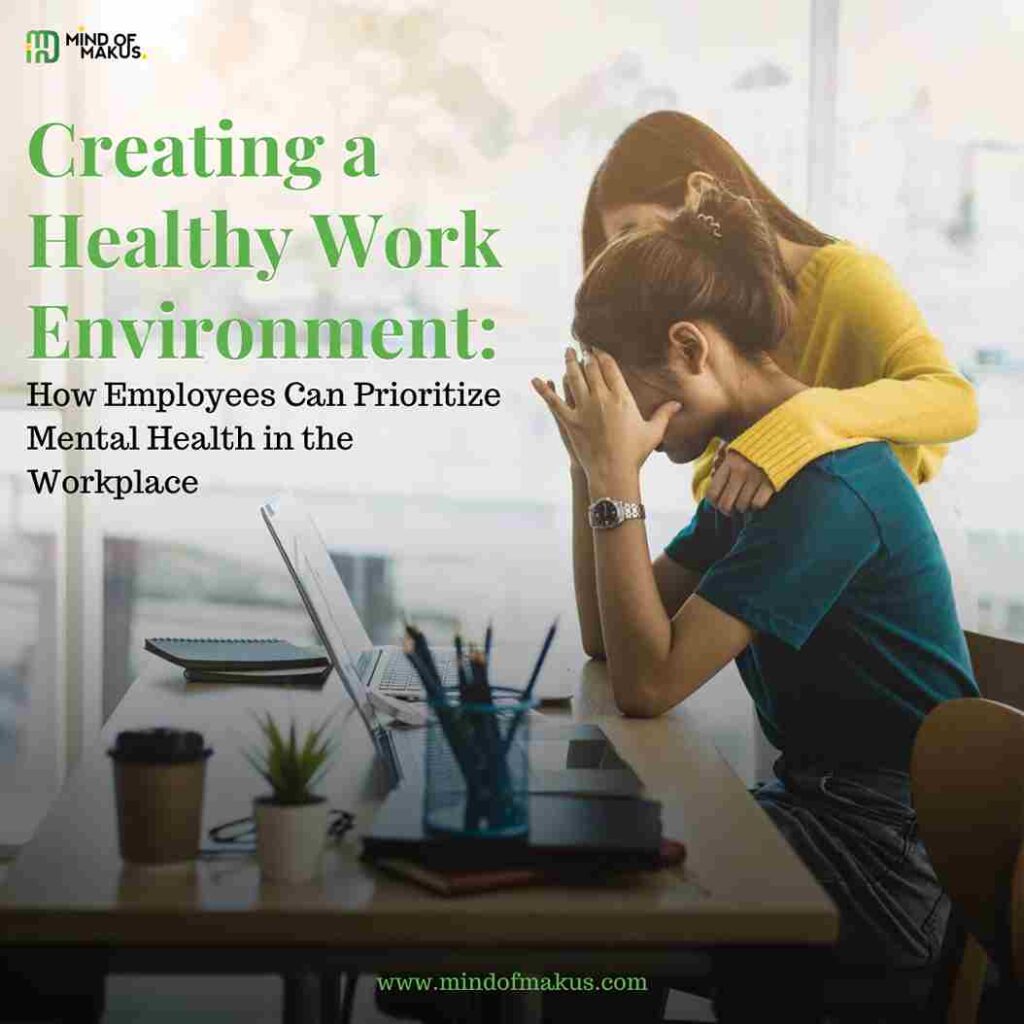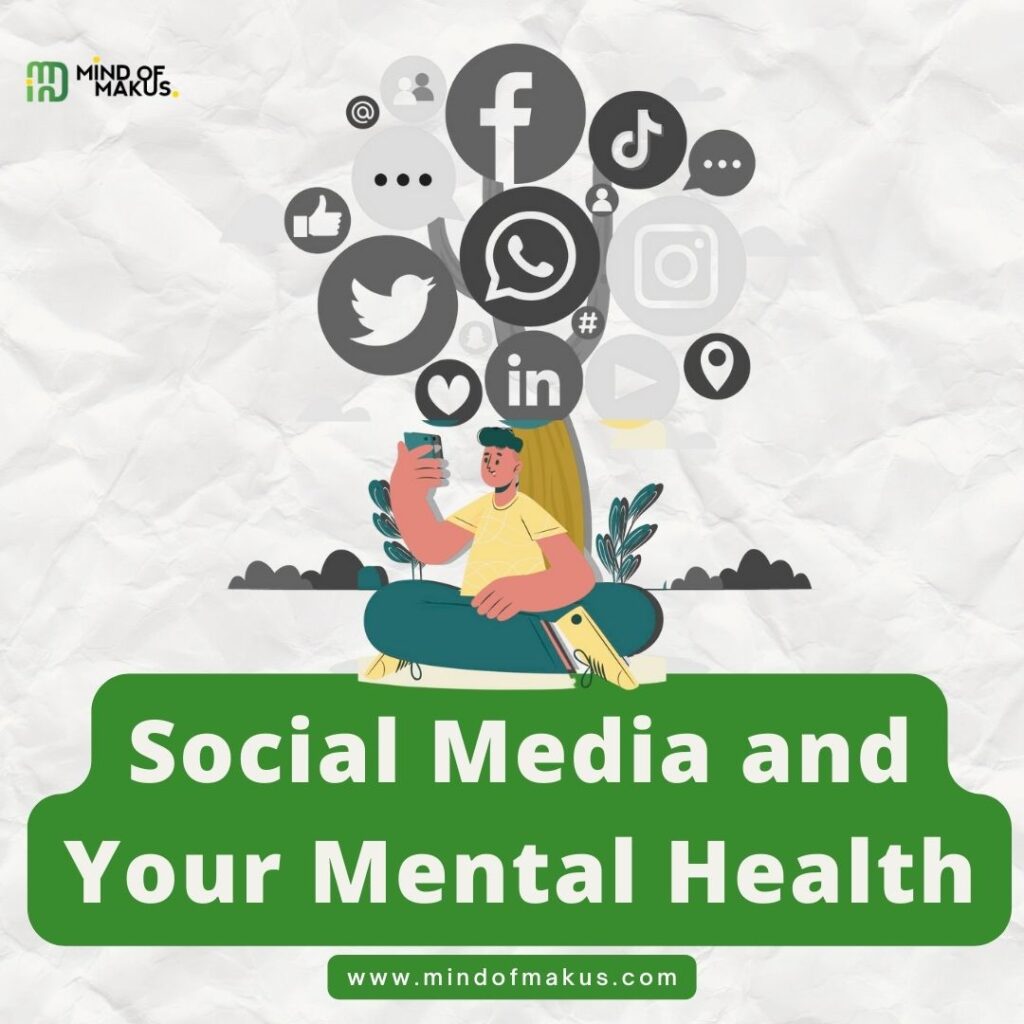Hello,
How are you today? Week 1 in the bag, did you start a mental health conversation at work?
Last week, we started by discussing how employers can prioritise mental health in the workplace. We are taking the other side of the coin this week by looking at how employees can also maximise mental health at the office.
So let’s go!
While employers play a crucial role in promoting mental health in the workplace, employees also have a responsibility to prioritize their own well-being.
Taking proactive steps to protect and nurture mental health contributes to a healthy work environment. Here are seven ways that employees can help improve mental health at their workplace.
1. Recognize and Acknowledge Your Feelings
The first step in prioritizing mental health is to recognize and acknowledge your feelings. Pay attention to your emotions and be aware of any signs of stress, anxiety, or burnout.
It’s important to be honest with yourself about how you are feeling and not dismiss or ignore your mental health concerns.
2. Set Boundaries and Practice Self-Care
Establishing boundaries between work and personal life is crucial for maintaining mental well-being. Set clear expectations with your employer and colleagues regarding working hours and availability outside of work.
Prioritize self-care activities such as exercise, hobbies, and spending quality time with loved ones. Taking time for yourself helps recharge and prevent burnout.


3. Take Breaks and Practice Mindfulness
In the midst of busy work schedules, it’s essential to take regular breaks and practice mindfulness throughout the day. Use short breaks to step away from work and engage in activities that relax and rejuvenate your mind.
Incorporate mindfulness techniques, such as deep breathing exercises or meditation, to reduce stress and increase focus.
Subscribe to my Newsletter
Walk during your lunch break, take lunch away from your desk, preferably outdoors. Set a timer to reduce prolonged uninterrupted screen time, caring for your eyes and brain.
Utilize annual leave in small bits rather than all at once. Social research has shown that taking your leave a few days at a time over the year, is better for your well-being than taking 1 months at once.
Start meetings by emptying your mind into a notebook so you are focused and productive.
Do not go to work when you feel sick.
4. Reach Out for Support
Never hesitate to reach out for support when you need it. Talk to trusted colleagues, friends, or family members about your feelings and concerns. If your organization has an Employee Assistance Program (EAP), take advantage of the resources it offers. If you can afford to pay for therapy, do it quick.
Seeking help and talking about your experiences can provide relief and assistance in navigating difficult situations.
5. Maintain Healthy Relationships at Work
Building positive relationships with colleagues can contribute to a healthy work environment. Cultivate a supportive and respectful work culture by treating others with kindness and empathy.
Engage in open communication and listen actively. Participate in team-building initiatives to foster camaraderie and create a sense of belonging.
6. Advocate for Work-Life Balance
Advocate for work-life balance within your organization. Communicate your needs and preferences to your employer, such as flexible working hours or the option to work remotely.
Or
Simply advocate for enforcing existing healthy practices in work policy. Closing time, lunch break, email policy, weekend by policy, annual leave monitoring, income protection while on sick off etc.
Encourage and support your colleagues in prioritizing their mental health and maintaining a healthy balance between work and personal life.


7. Continuously Develop and Learn
Investing in personal and professional development can have a positive impact on your mental health. Set goals, acquire new skills, and seek opportunities for growth within your role. Engaging in learning can boost confidence, increase job satisfaction, and reduce stress levels.
Become a mental health first aider, ask your employer if you can be trained for this. Do some research.
Prioritizing mental health in the workplace is a shared responsibility between employers and employees. By recognizing and acknowledging your feelings, setting boundaries, practicing self-care, reaching out for support, maintaining healthy relationships, advocating for work-life balance, and continuously developing yourself, you can create a healthy work environment and protect your mental well-being.
[ Feel like supporting me? you can buy me a coffee with the link below]
Remember, prioritizing your mental health allows you to thrive personally and contribute positively to the overall workplace culture.
Until next week, stay wholesome.
Stay authentic
Be yourself and keep getting better at it.
Live wholeheartedly,
Amaka



